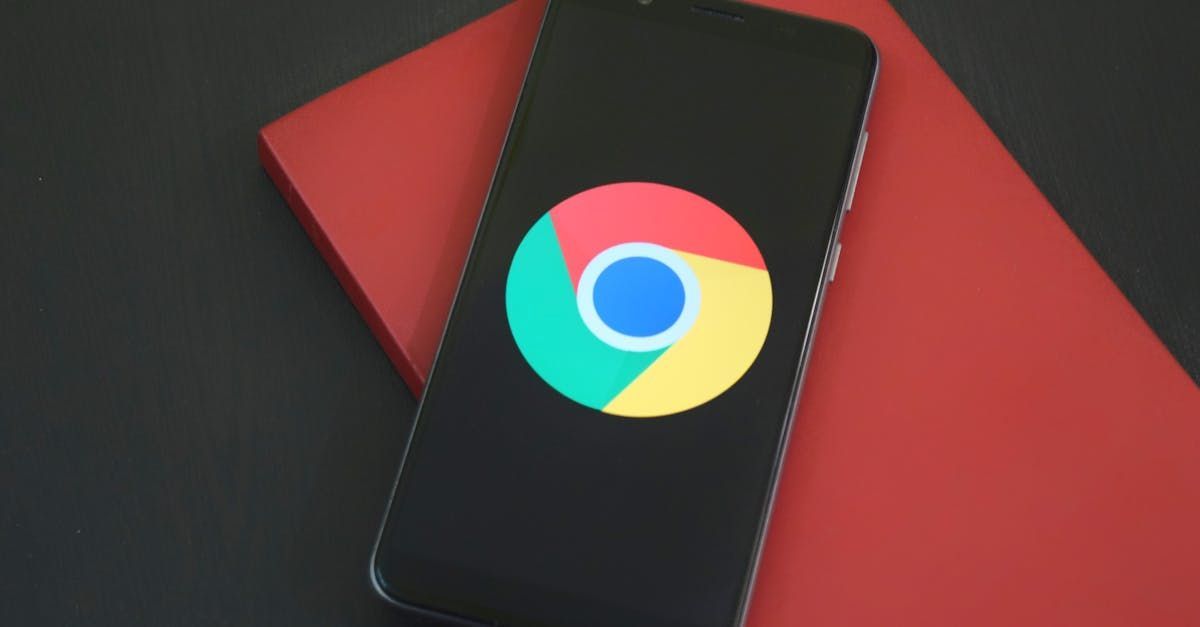Our research suggests that the average timespan for this first stage of the conversion journey is between three and four months.
Unfortunately, it is rarely a straight path.
As you consider this process, recognize that control has shifted from sellers to buyers—especially in the early stages.
Today, individuals have access to huge amounts of information to not only identify products or service providers, but to compare quality and results based on online ratings and reviews. For that reason, it’s imperative that businesses understand how individuals find, evaluate and hire/buy, and develop a deliberate process to move prospects along the continuum from awareness to consideration and conversion; but recognize how to shift the client along the most important phase of the journey which is becoming an advocate of your work.
Employ The Right Marketing Tactics
Finally, the process must identify the right tactics to move individuals from one phase to the next on the client journey. In almost every case, businesses will have to build a digital presence that starts the process by getting their name in front of individuals thinking about working with your products or services.
Tactics include but are not limited to:
social media, content (blogs, articles), email marketing, digital marketing, website, SEO, advertising, video, graphics, infographics, newsletters, print collateral, PR, and more. And they all must work together – in unison – to be effective while reaching your ideal target audience.
Just a few years ago, businesses could create this awareness by posting high-quality organic content on popular social media platforms like Facebook. Today, Facebook minimizes the visibility of organic content to drive demand for paid advertising.
As you work through your marketing strategy, identify the best social media accounts for your business. Although that’s a challenging shift, do not underestimate the power of social media to reach your ideal target customer. If they’re on LinkedIn and Facebook, focus on those 2 social media accounts – and be very active.
Budget for advertising
- on Linked In, Facebook, Instagram, YouTube, Google advertising, etc. Facebook and Linked In can deliver a specific paid posts to individuals based on your criteria to target your ideal consumer. For example, financial firms can target not just to individuals looking at information on financial advisors, but to people in that group who are parents in their 40s in the greater Boston area in a specific income bracket with kids approaching college age. That type of precision is a powerful weapon for breaking through the clutter and noise to reach prospects.
Despite that potential, ad dollars can be wasted if you don’t have the right techniques and tools to sustain the relationship. This process of “nurturing” prospects must be automated to at least some extent. The easiest way to do this is through email campaigns that deliver customized content to prospects in a scalable and efficient manner.
Communicate with Your Prospects
Fortunately, there are now many high quality and affordable
third-party solutions businesses can use for this purpose. Not only do these solutions help you communicate to clients and prospects, they also allow you to see which prospects open emails, who clicks on attachments, and how long they spend watching or reading. Using algorithms, these applications can pinpoint the best channels, format and even time of day to reach prospects. Does the prospect use LinkedIn more than Facebook? Does the client prefer video to text? Does the prospect prefer certain articles or information over another?
In this day of shortened attention spans,
even the best prospect that is ready to buy what your selling - doesn’t necessarily want to read a hard-copy Economist-style treatment of some complex issue. To build relationships, you must be able to deliver the right type of content through the right channel at the right time. The only way to achieve that goal is by starting with a clear marketing strategy that defines the audience, maps the journey and secures the tools needed to move from prospect to converted clients. By approaching marketing with that type of strategic mindset, your business will get the most out of your marketing budget and open the door to new levels of growth.







